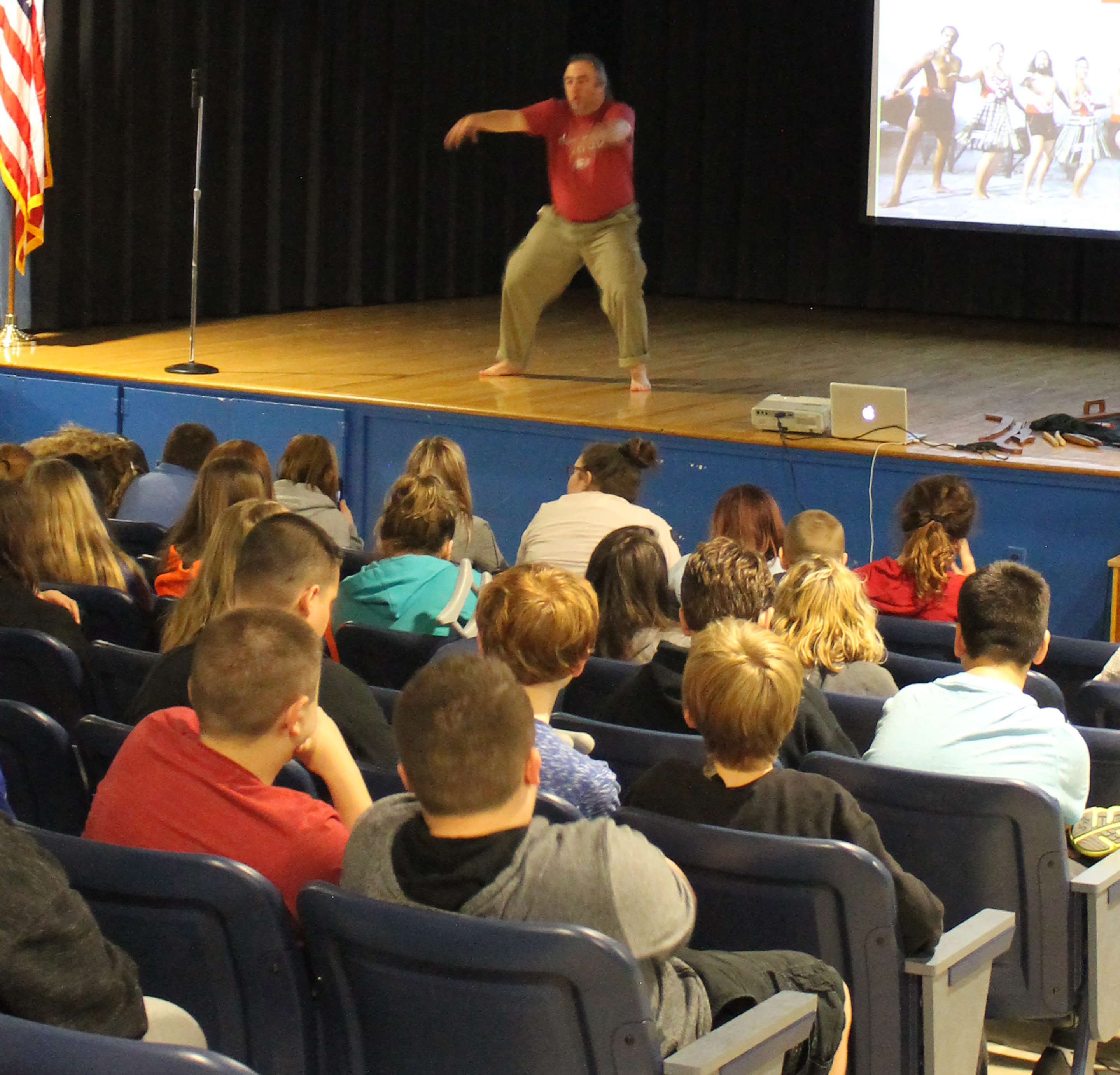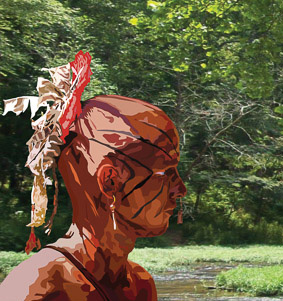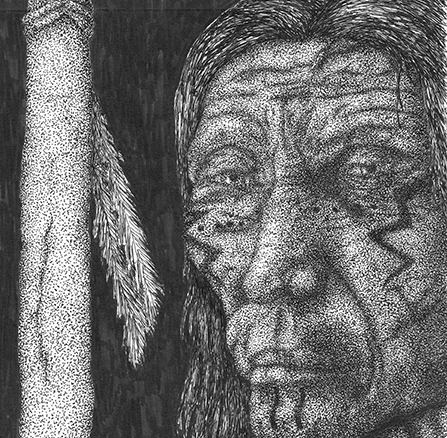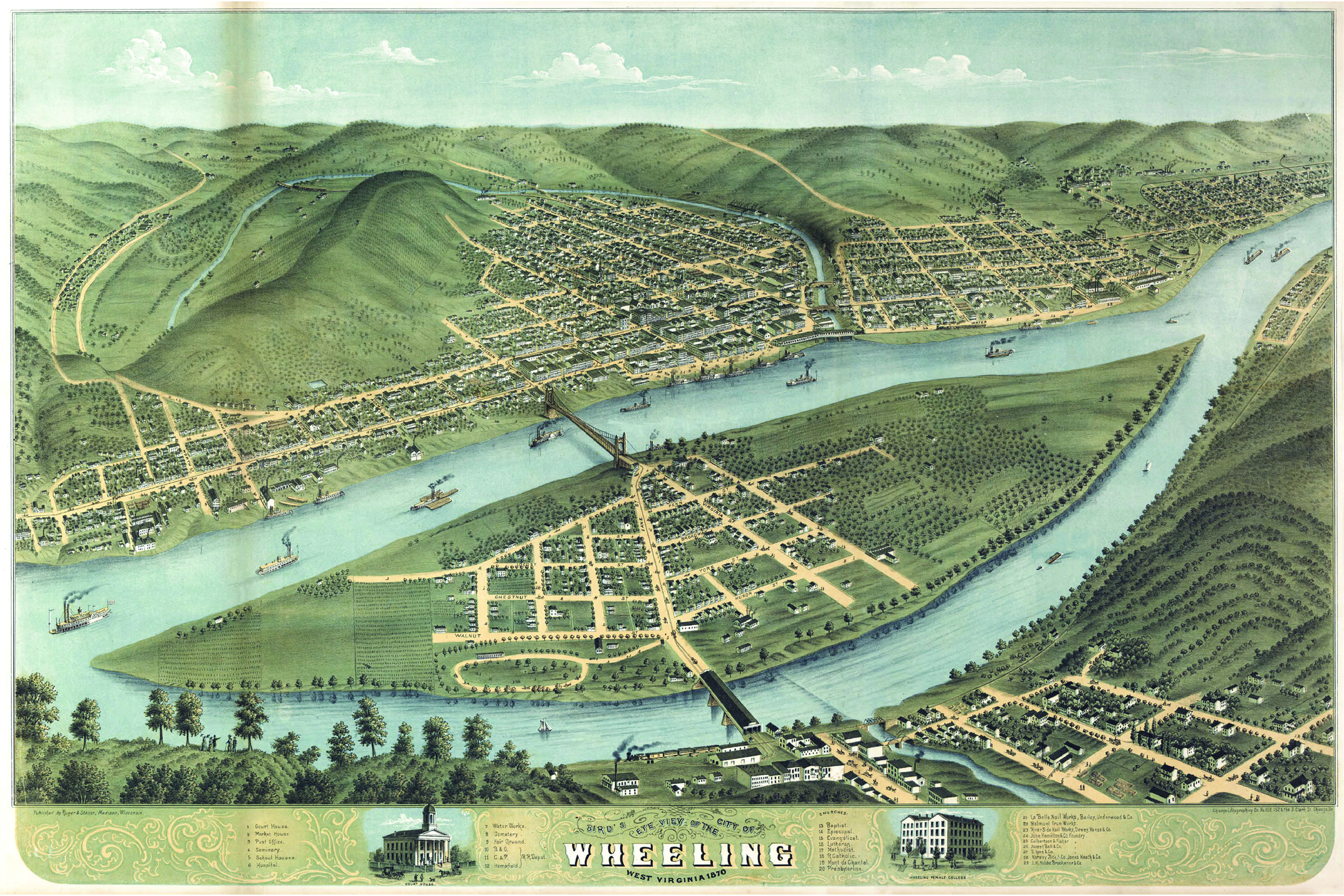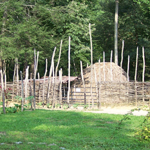How to Use Historical Fiction in the Classroom
We all know the quinessential history class of every movie-set high school, the droning radio of a professor lobbing names, dates, and events at zoned out and bored students. Sadly, we also know too many real-life classrooms that could be described that way. The disconnection from our personal and collective histories is apparent in our world. I began to address this disaffection by curating a series of stories from the perspective of relatable everyday actors, like farmers, laborers, and craftsmen in major events. This became more than a process of translation it became a framework for scaffolding everything in class. There are so many benefits to instructor and the students.
The project began with a short four-page story called Demetria and Theodoric, set in Rome as the Visigoths were at the eastern gates and they sacked the city. The main characters are an unmarried teenage Roman girl on the run and a Visigothic teenage warrior. Before I could write though, I researched the period for specific events, locations, and individuals I could structure the story around. This helped me find a better through line narrative to get students to interact with this long distant past. I understood it better, the events were more exciting, and a seemingly unfamiliar time and place became more visceral and understandable to students.
There were some major logistic benefits to this process. First, I focused on accessibility issues that might affect the text. Many of my students were English language learners and many had limited reading abilities. After finishing the rough draft, I read through and looked for language that could be problematic. I developed a process for selecting what to change and what to provide more explanation for in the story. This effectively allowed me to develop the discussion questions and edit the story to facilitate student comprehension. As I worked this process, I decided to create a video of myself reading the story over images depicting the events. After a few failed recordings, I finally got a read that had some energy and was clear and well-spoken. As a last step, I created subtitles to and posted the video to my youtube account. I was able to play the video as I walked around and assist students as they listened and read the story. I don’t do this with every story, but it was an option that certainly helped with my classroom accommodations.
The story worked like a primary document that I could engineer to translate a primary document more accessible themes. For instance, if you have a letter from soldier on the battlefront, you could write the backstory that led to the letter and contextualize period artifacts to flesh out a real-world event for a modern audience. I love my primary documents, but they require a level of background knowledge that is hard to provide students within constraints of a class period. Now, I understand the concern that I have heard from parents and students alike: “This is fiction not history!” But I pose that if we frame the process correctly, we get students to think about what an historical document is and how much fiction is present any particular passage. Pastor Weems wrote a lengthy history of George Washington in the 1820s that was taught as fact for over a century but is a grandiose embellishment of a man he never knew. Part of my assignments concerning the passages was for students to identify the parts based on historical documents and the parts that I had to fill in. The conversations often proved way more interesting, often producing a competitive search for the teacher’s mistakes, which I always admit, of course.
The process of historical fiction writing is practice for teachers to remember what it’s like to be a student of history doing research. I made this practice visible working on my own research while students were working independently when I could. I modelled the research and writing practices I desired to see in my students. This could lead to some potentially powerful cross-curricular collaborations, especially with English, Science, and the Arts. The history of those subjects is important for developing the students understanding of the depth of knowledge in each. All subjects utilize comprehension, analysis, inferences, and evidence-based claims. These are skills that can be promoted not just within the document but also in the preparation and extension assessments. I have had students write the ending of the story, what comes next, even had them tell me what happened in the day before the event, practicing predictive thinking and writing.
As I worked on my doctoral research, I often found myself conceptualizing the world and the characters much in the way I did while writing Ekuni. It helped me keep grounded and think through the real-world implications of what I was writing. I hope it made my work more engaging. I know that my students still come up to me years after taking my class and fondly remember the odd stories I used to tell. There are lots of historical fiction sources out there but the best are the ones you create for your students. You may not think you are a writer but try a short narrative on a small event and see if you like it. I became addicted to historical fiction in the classroom!
